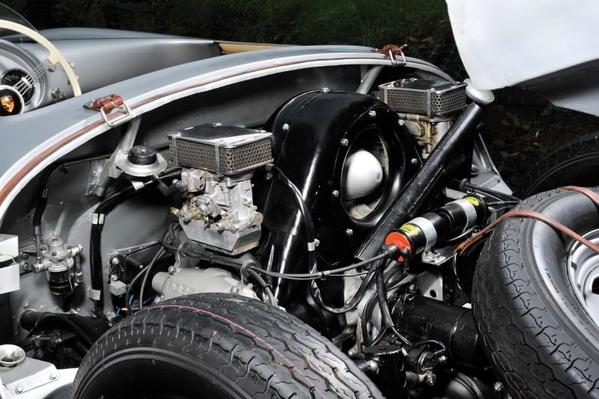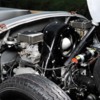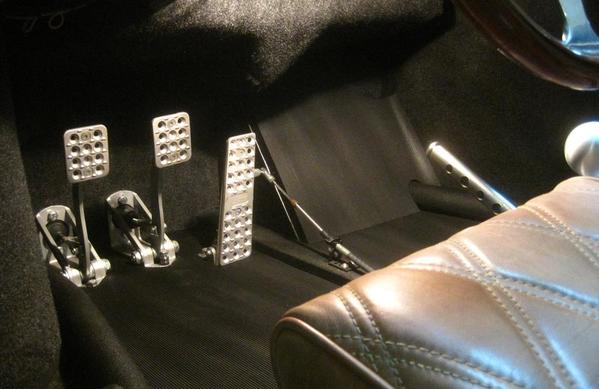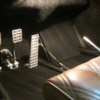Thanks, Danny. I've thought of that but finally figured the fuel pump's gotta be somewhere, and I think I've got a safe and practical design laid out.
The plan is for steel lines down the driver's side, as original, through the rocker box and around to the firewall. The pump will be at about the lowest point in the system so it should like that—I'm told they like to "push" and not "pull." I plan to put a fuel cutoff right before the filter to facilitate changing that, and in-all it should be more accessible than the typical spot just under the tank up front, where it's easily forgotten.
Could it leak? Sure. Would a leak there be worse than one above the beam? I don't think so. First of all, you'd notice it much sooner.
There's to be no carpet in front of the bulkhead, and no vinyl either, so a leak there would be easy to clean.
Now, the rocker-boxed fuel line is indeed more vulnerable than a centered line in the event of a driver's side T-bone event. But in a Beck frame, such an accident would likely result in a closed-casket scenario anyway. And, even so, the fuel line would probably not rupture, given the looped rubber line over the pumps.
So that's how it's gonna be on this car.
And I'm also going to tempt fate by installing the correct glass bowl fuel/water separator in the correct spot on the firewall, since I have one and they look cool. Stan's already warned me about this folly, but I'm putting it in, and if it doesn't leak, it's staying put.
(If it does leak, it might still stay put, albeit bypassed).


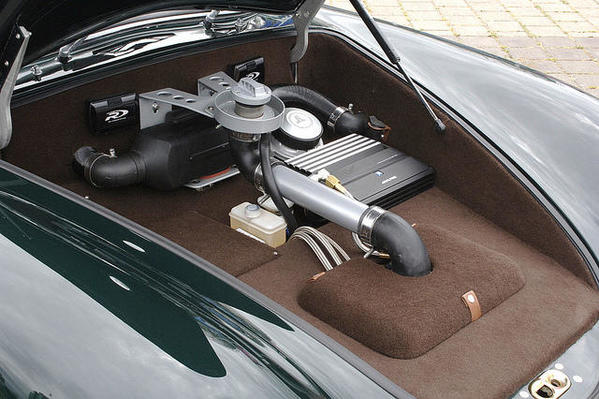
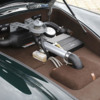


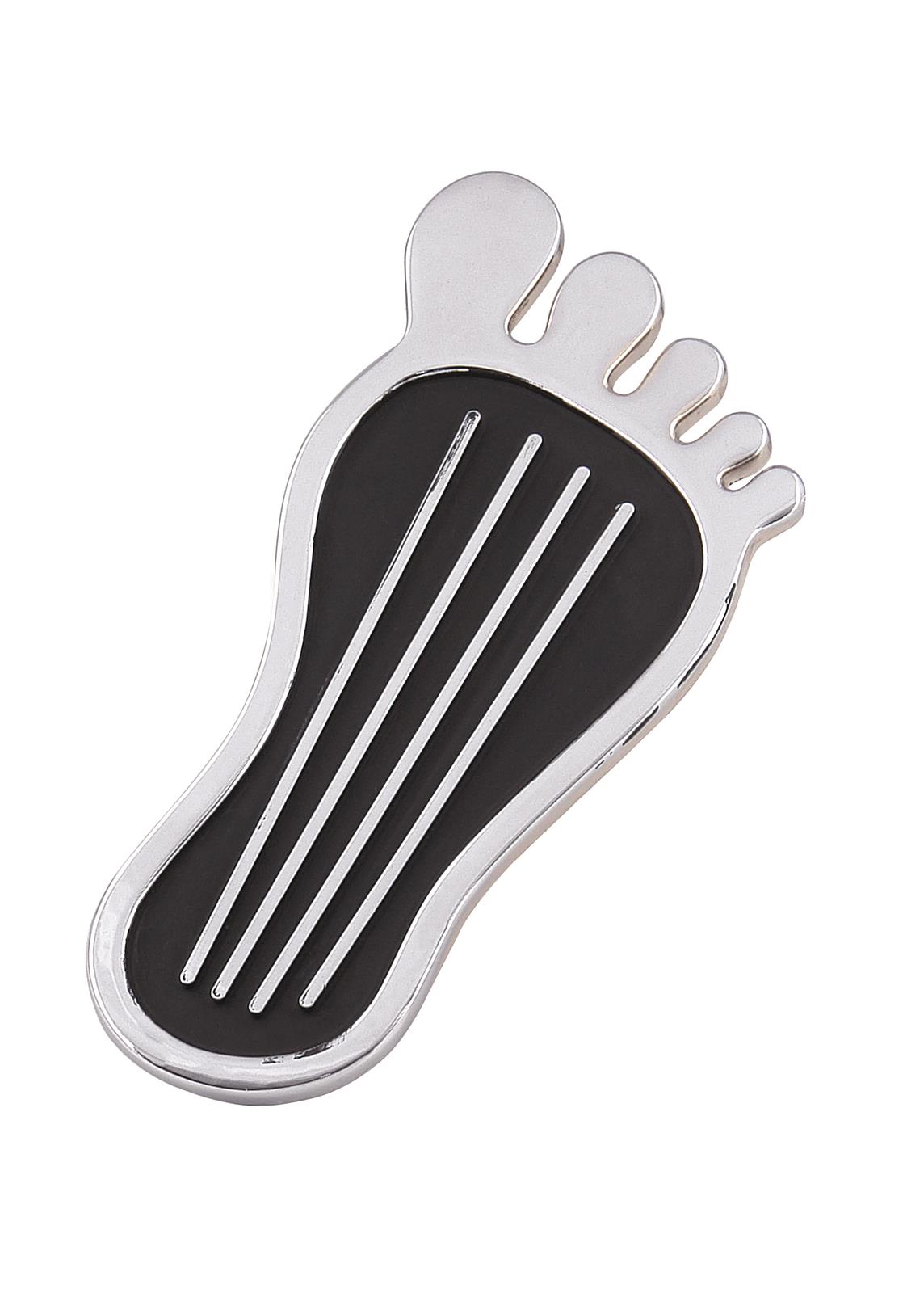





















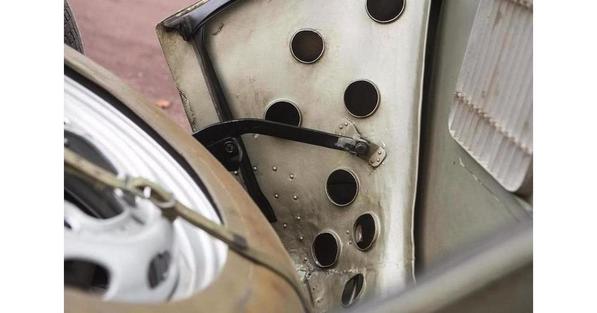
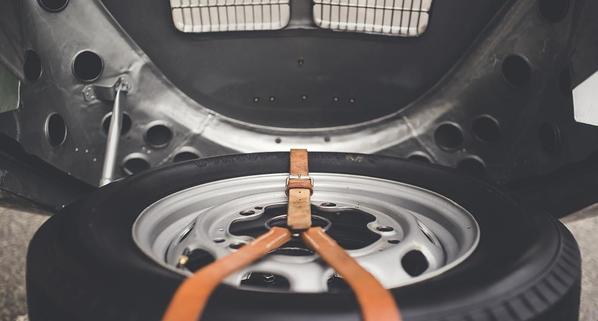


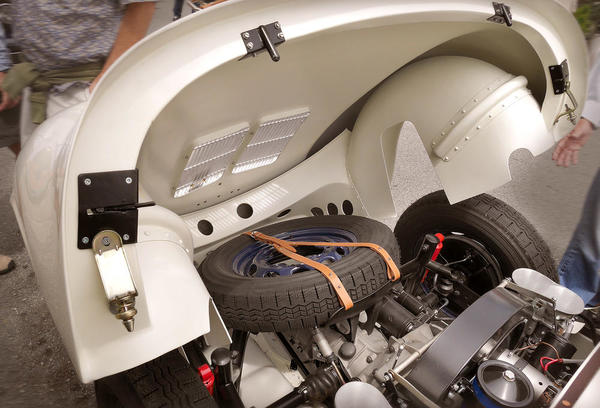

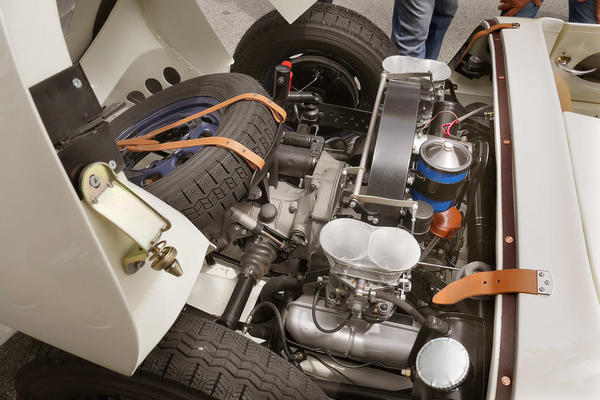

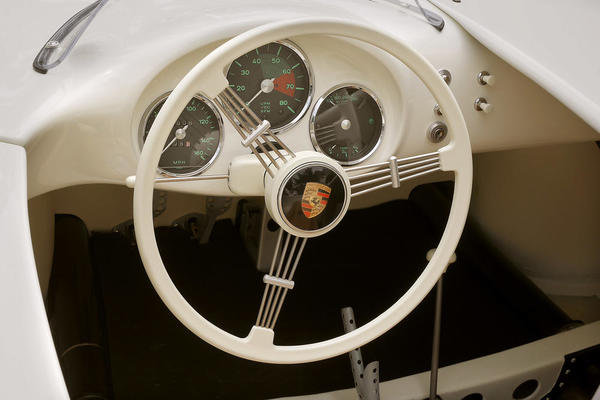






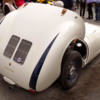


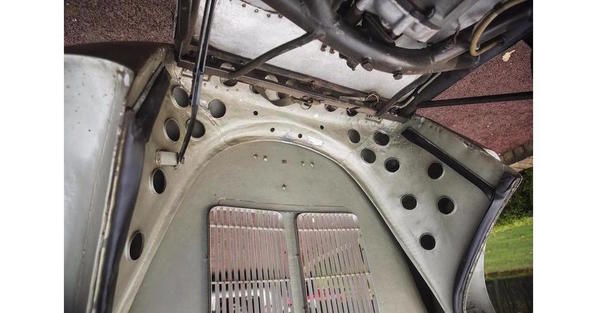
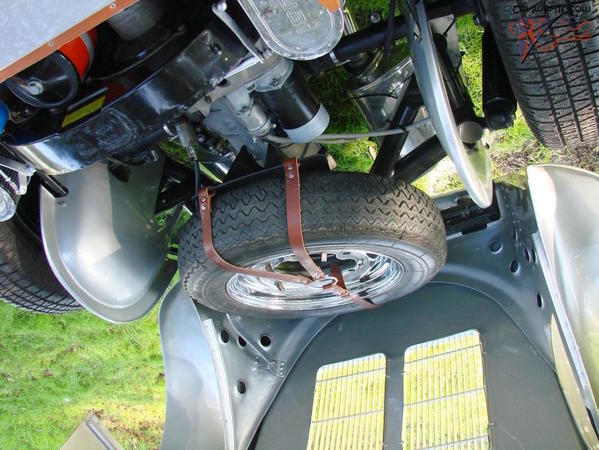
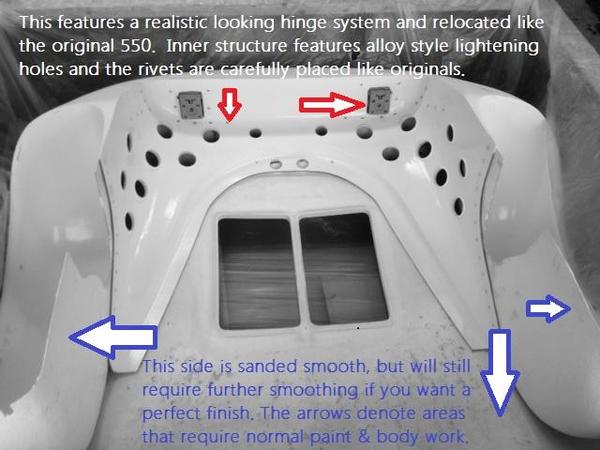
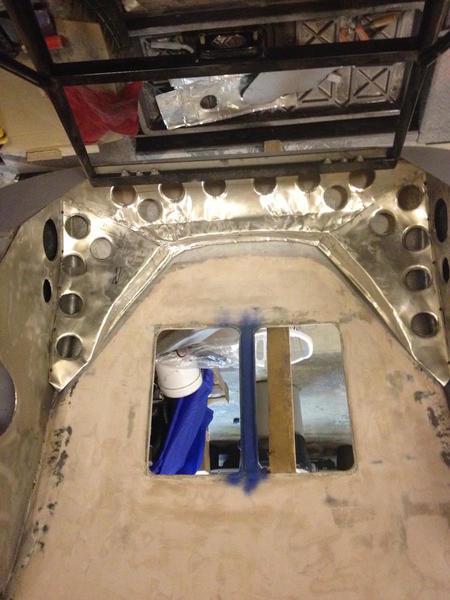

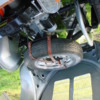




















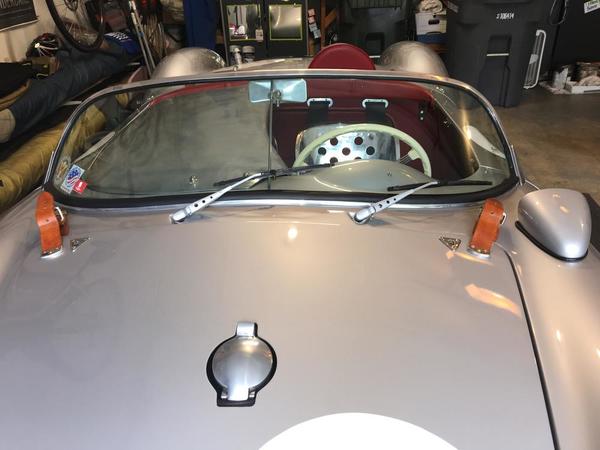
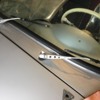
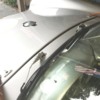
























 Front jack points: welded
Front jack points: welded Rear jack points: drilled, tapped, bolted-in and then welded
Rear jack points: drilled, tapped, bolted-in and then welded

















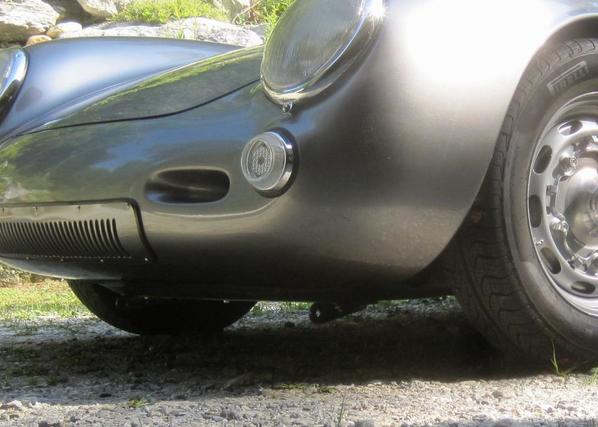
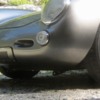





























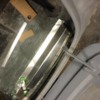




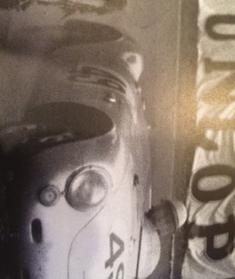
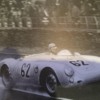
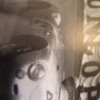

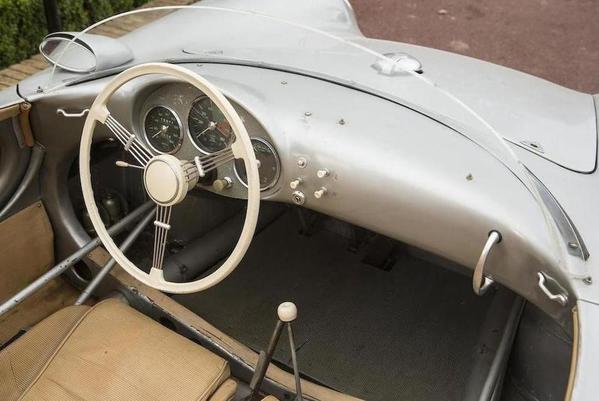

 —minus the weeping fuel, of course; mine will be strictly fake.
—minus the weeping fuel, of course; mine will be strictly fake.








